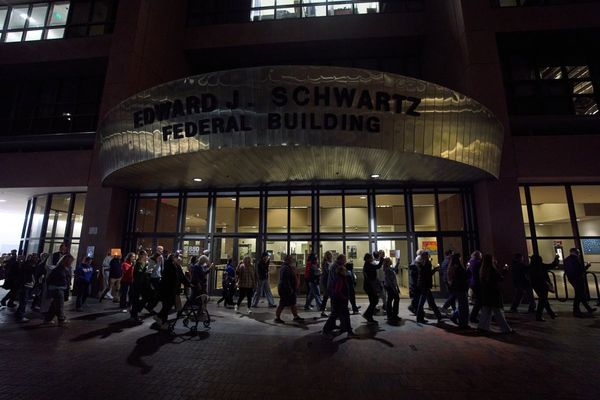
If you’ve been watching the headlines, you might feel like the car market is collapsing overnight. The cost of buying or selling a vehicle is shifting in real time. Whether you’re upgrading your ride or trying to cash in, it’s crucial to stay informed. Recent tariffs, surging interest rates, and shifting inventory mean both buyers and sellers are navigating a roller coaster. Knowing what’s happening now can save you from buyer’s remorse or a lost sale. Here’s what you need to know in today’s volatile car market.
Tariffs Are Driving a Steep Drop in Demand
New 25% auto and auto parts tariffs are raising the cost of many imported vehicles and components. Analysts warn that this could reduce demand for new cars by 15–20% in 2025. Those higher costs often trickle down to buyers, with price tags rising by $2,000 to $10,000, depending on the model. Sales initially surged as consumers rushed to buy before tariffs hit, but now the car market is cooling fast. If you’re selling, this means buyers are balking, and negotiating power is shifting.
Supply Is Finally Exceeding Demand
After years of shortages, dealership lots are now bursting with inventory. Automakers and dealers are responding by rolling out aggressive incentives (think large discounts, cashback deals, and sweet lease offers). While this flood of deals is golden for savvy buyers, it’s a tough scene for sellers hoping to maximize returns. Unless your vehicle is in high demand or rare, expect lower offers and longer sale timelines.
Used Car Prices Are Falling, Too
The used car market is cooling… and quickly. Retail listings and wholesale prices have been sliding steadily throughout August. Currently, the average used car listing price has dropped to about $25,512. This downward shift gives buyers a bit of breathing room. Sellers, however, should be realistic: the “golden age” of used-car profits may be fading fast.
The tide is turning in the buyers’ favor. More inventory and rising incentives are giving purchasers far more leverage than seen in recent years. Financing deals, like zero-percent APR or cash rebates, are resurfacing, making new vehicles more affordable even when MSRPs remain high. For buyers, that means smarter deals and better options. For sellers, especially private ones, that means competing with promos and financing power from dealers.
Market Volatility Is Far from Over
The shaky start to 2025, triggered by sweeping tariff policies, sent shockwaves through markets globally. Analysts warn that ongoing economic uncertainty, inflation, and future policy shifts could keep the car market unpredictable throughout the year. So whether you’re buying or selling, make decisions strategically: rushing can bite you, but waiting too long might not help either.
Understanding today’s trends gives you an edge even as the market crashes. Sellers should act fast: list competitive prices, highlight standout features, and be ready to negotiate. Buyers, on the other hand, are in luck: more choices, better terms, and real room to bargain. Whatever your situation, staying flexible and informed is your best move.
What’s your take? Are you waiting to buy in hopes prices drop further, or are you rushing to sell before it gets worse? Let us know in the comments!
What to Read Next…
- 10 Cars Marketed as Eco-Friendly That Actually Pollute More Than Trucks
- 12 Cars That Were Built to Last—But Vanished From the Market Anyway
- 8 Vehicles Marketed as Safe—That Were Pulled Quietly from Other Markets
- The Worst Cars On The Market Aren’t The Cheapest
- 5 Cars That Were Pulled From the Market for Shocking Reasons
The post The Car Market Is Crashing—Things Buyers and Sellers Need to Know appeared first on Clever Dude Personal Finance & Money.







